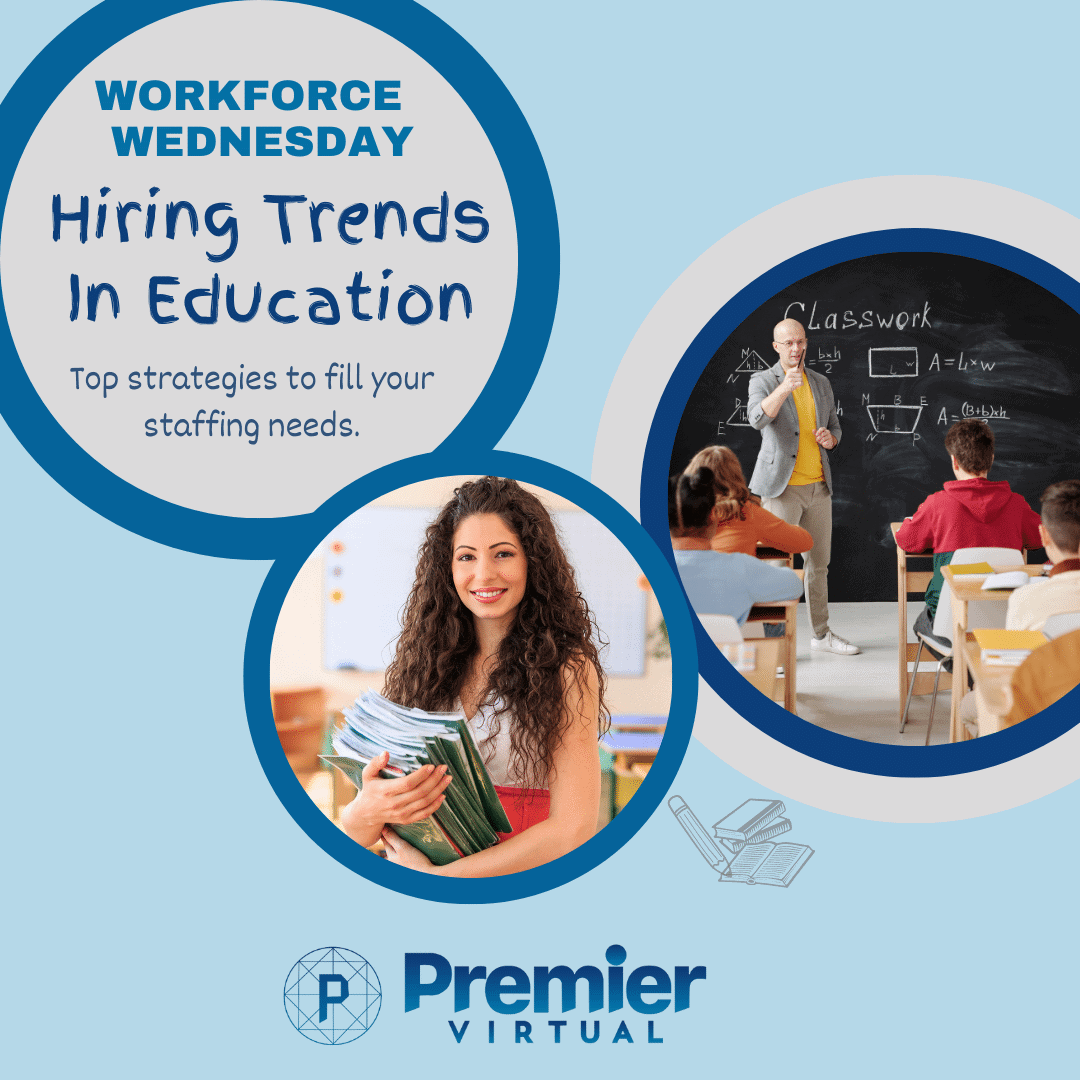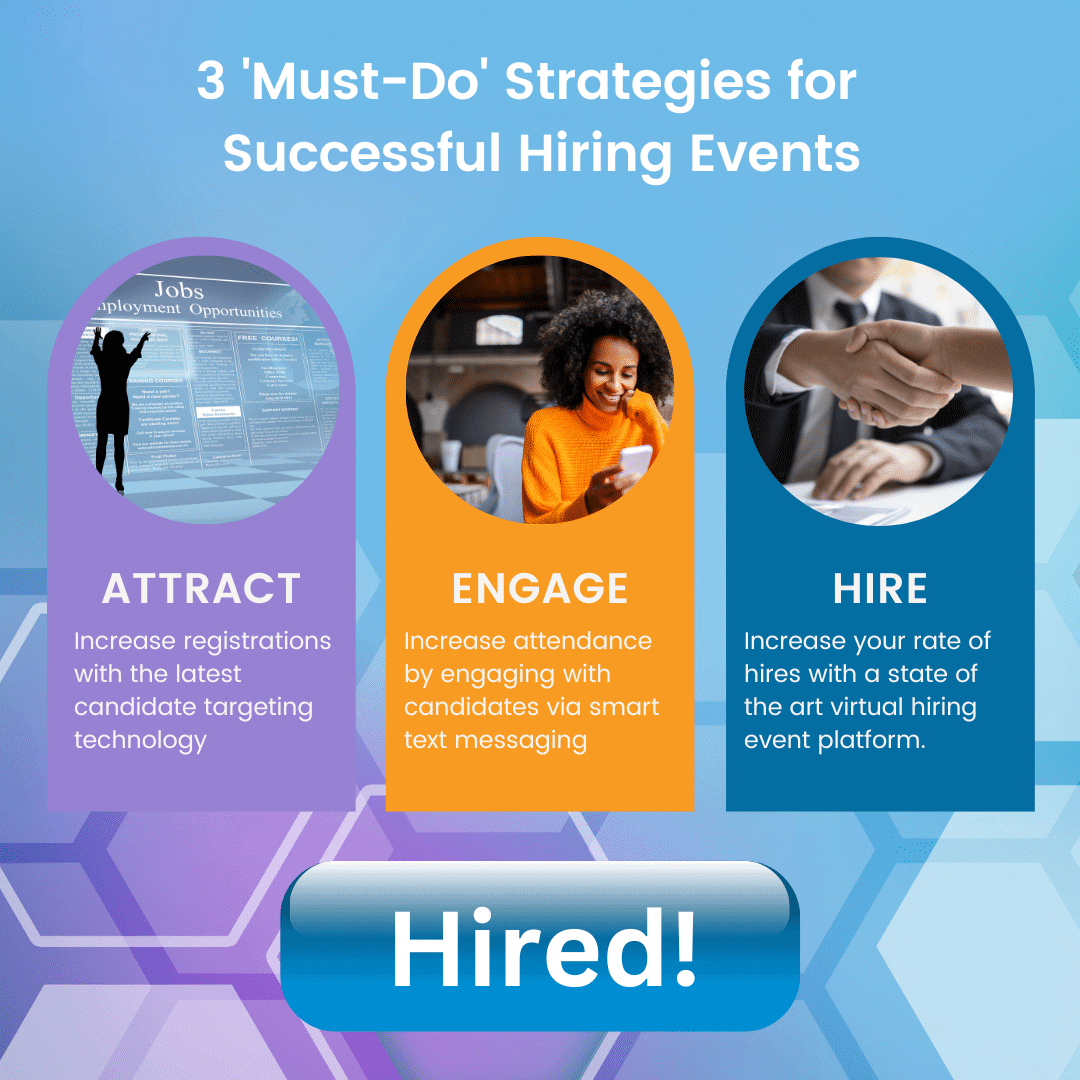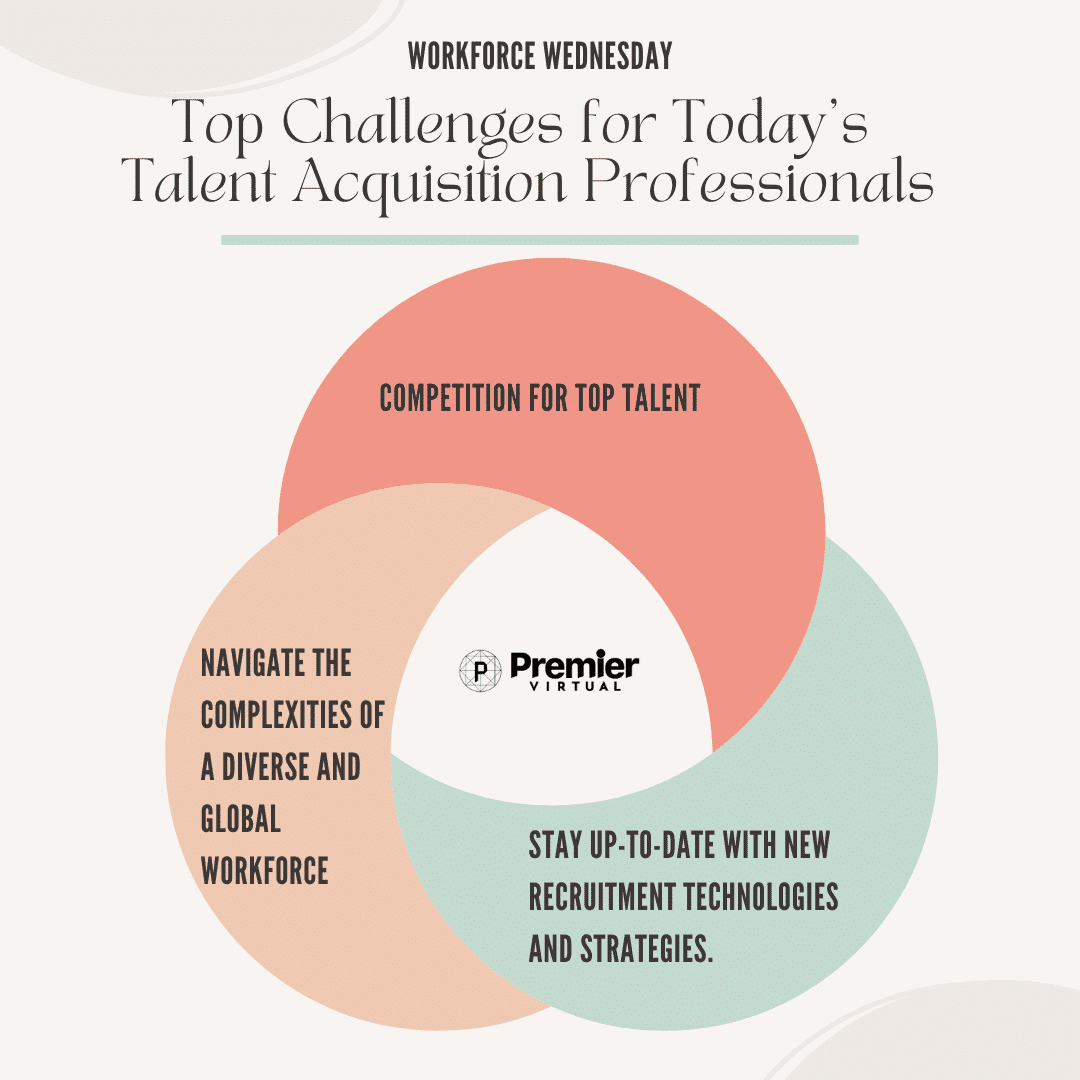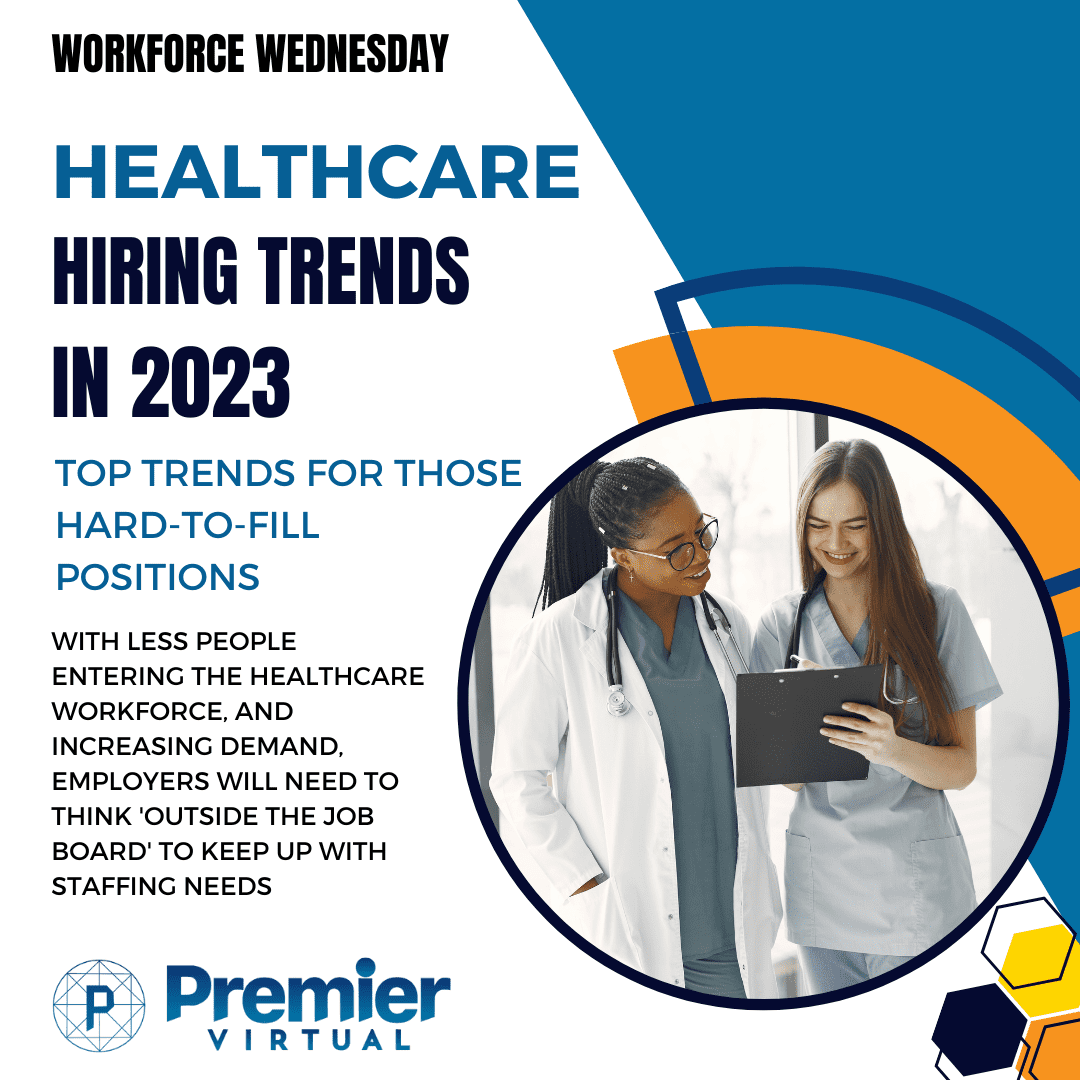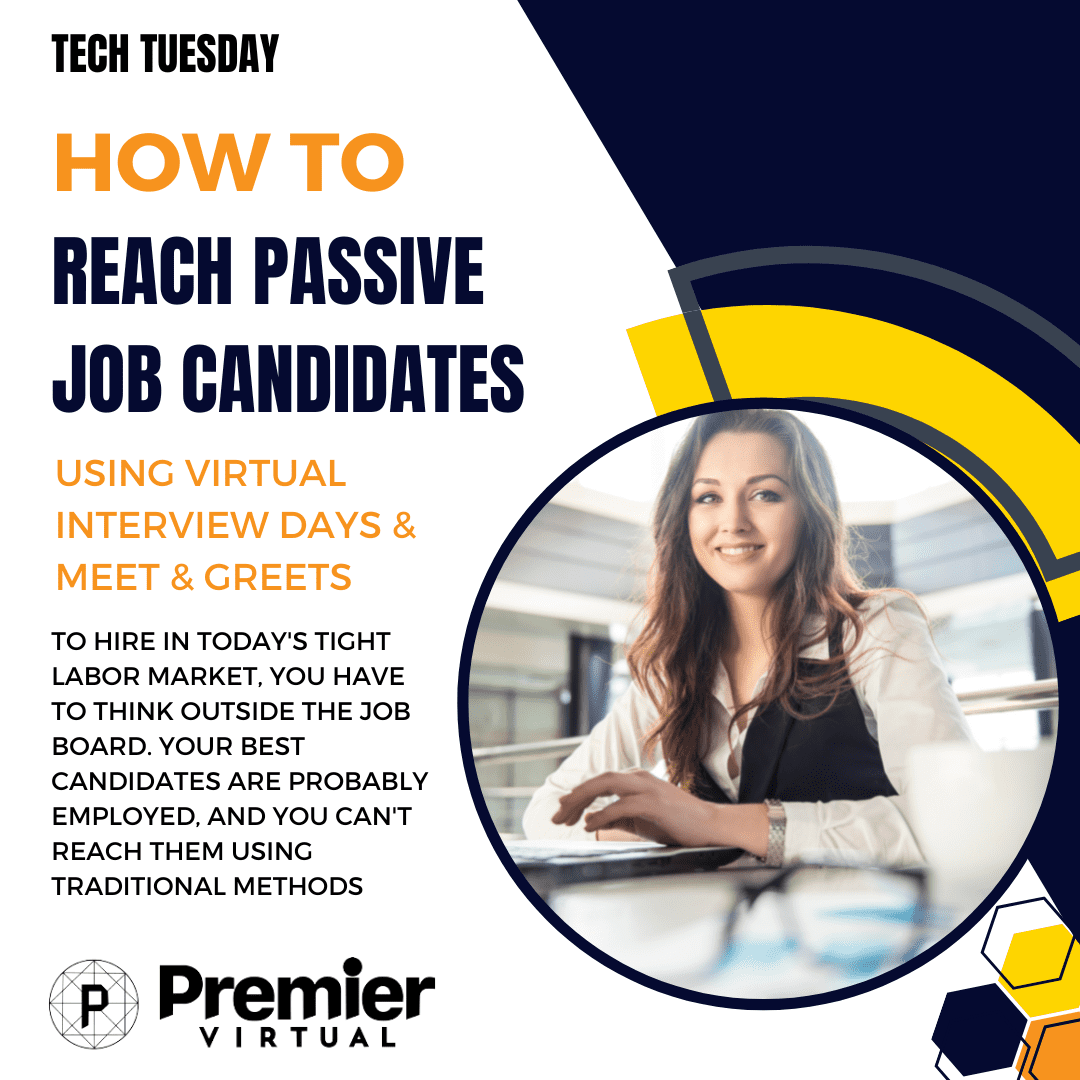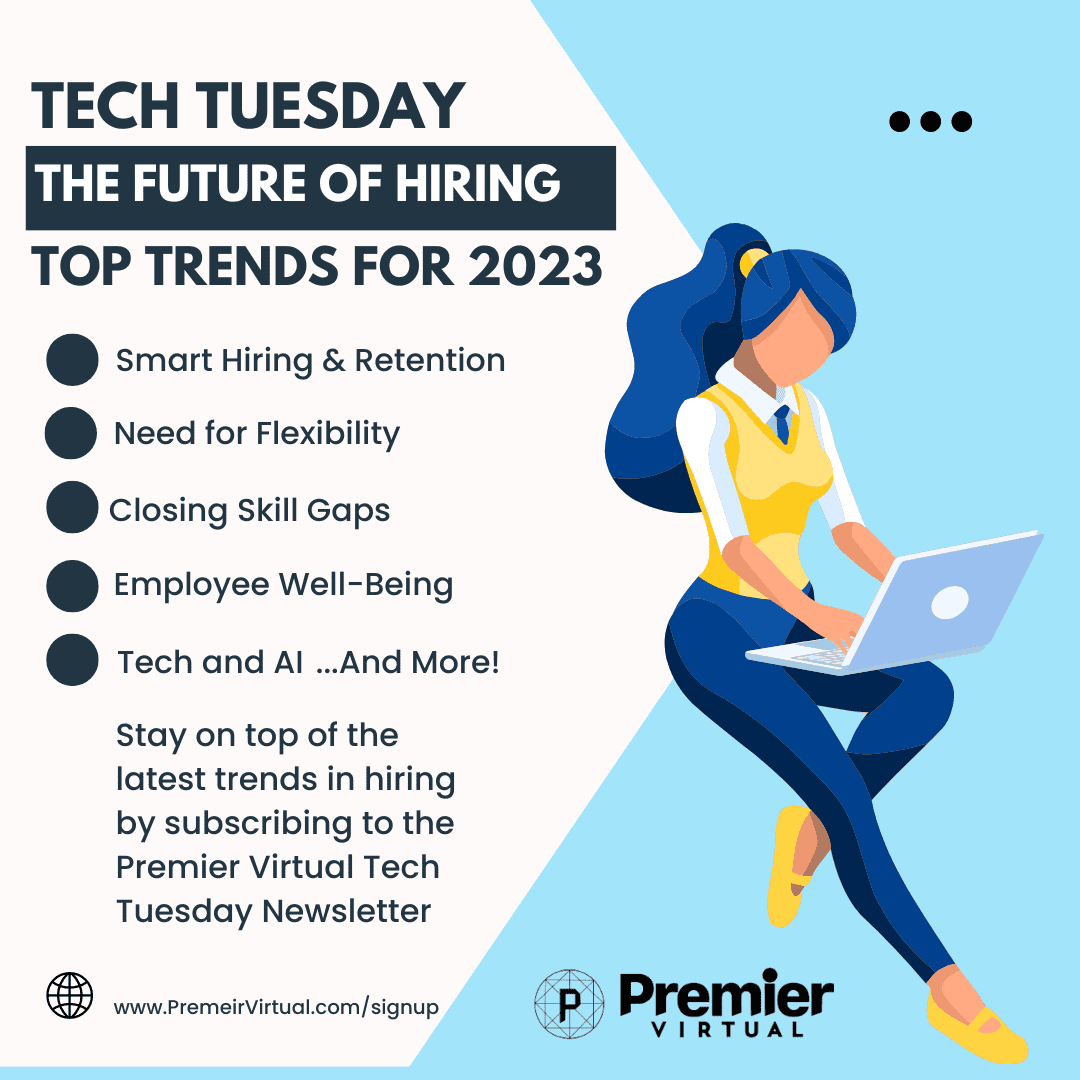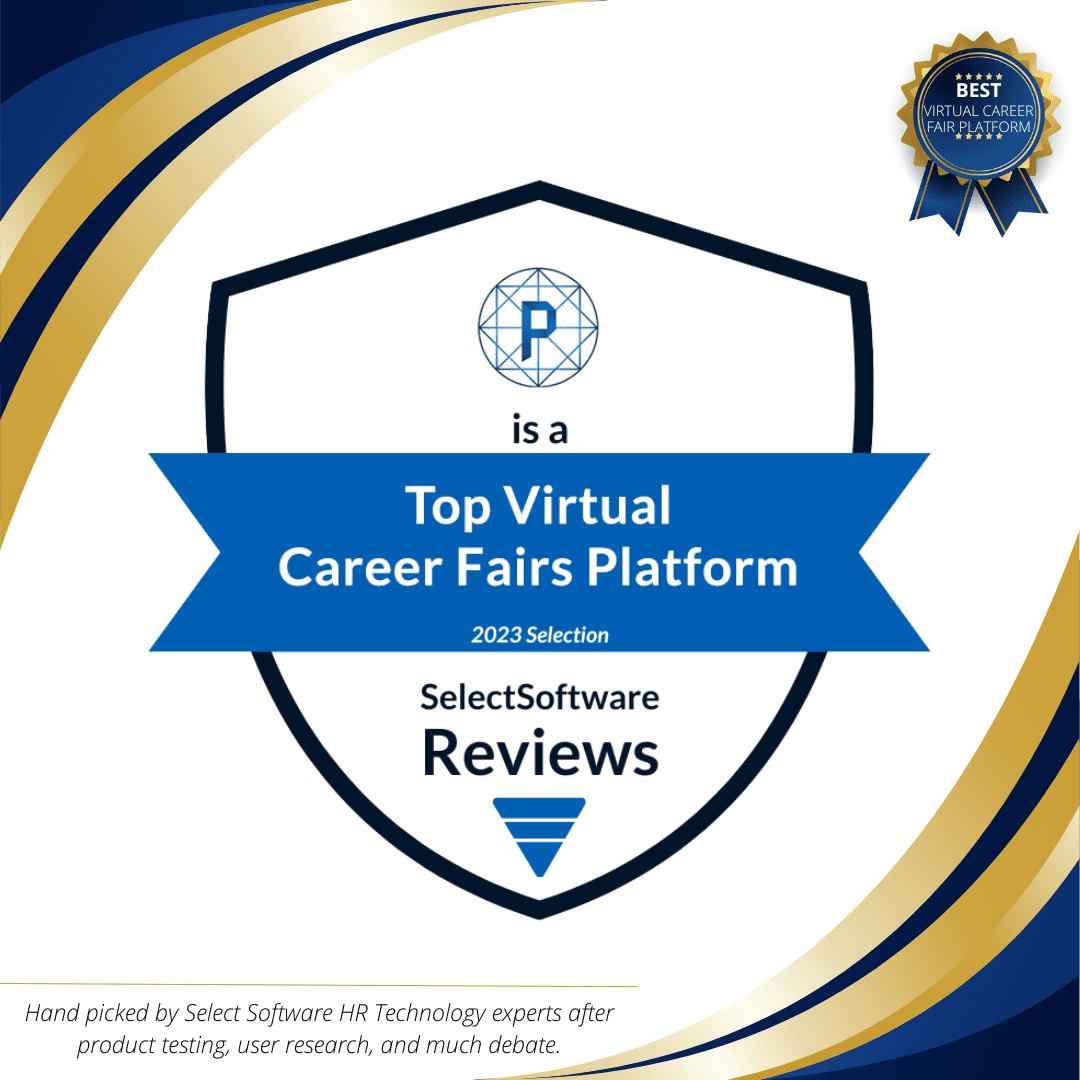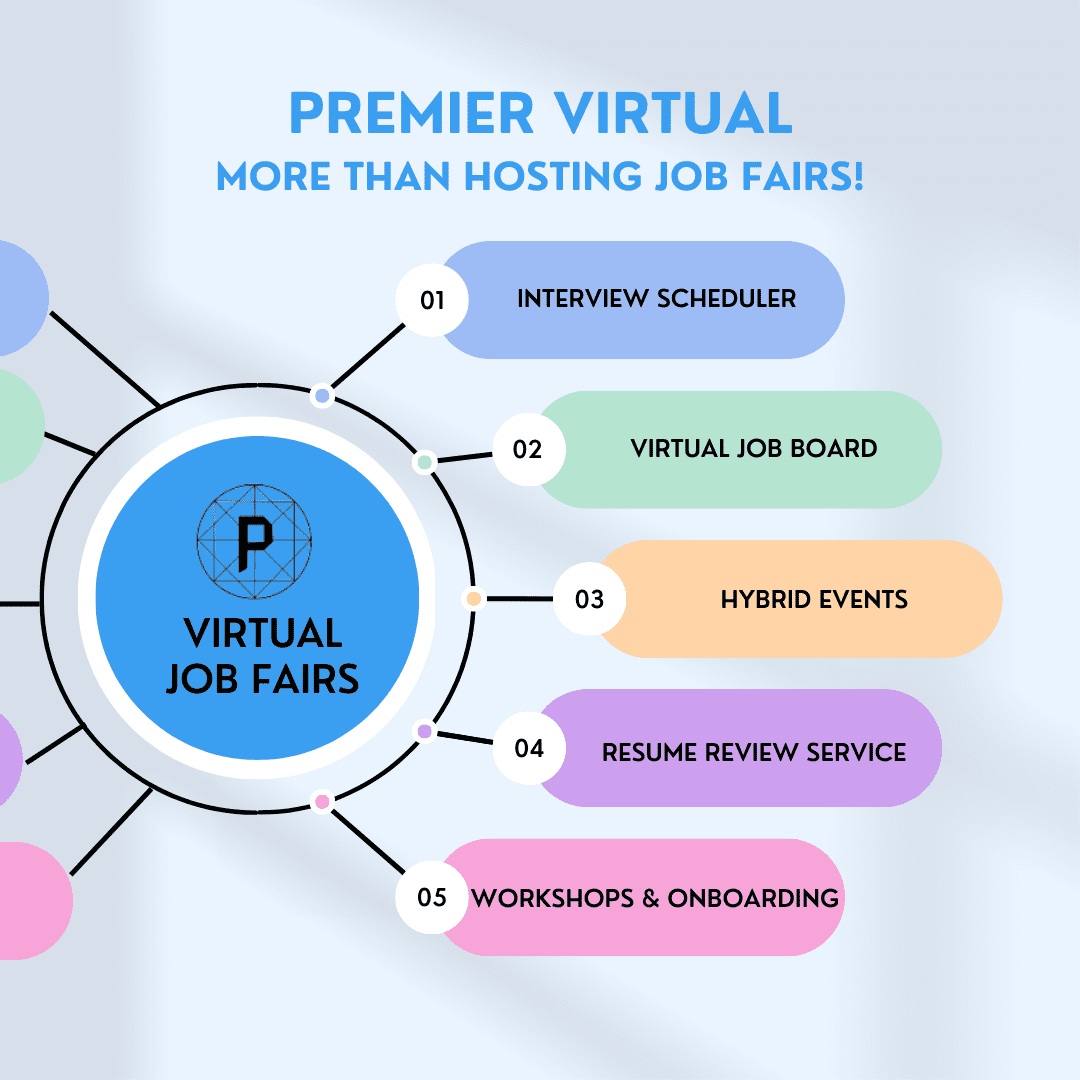Many employers and organizations continue to turn to job fairs to hire, but do they still work? Truth is there are still positive results from in-person job fairs, but the better results are coming from virtual and hybrid events. This article will shed some light on each of these, and help you determine which direction you should take to find and hire top talent.
Traditional In-Person Job Fair
A job fair is an event where job seekers and employers gather in one location to meet and connect with each other. The purpose of a job fair is to provide job seekers with the opportunity to learn about different companies and job openings, meet with recruiters and hiring managers, and network with other professionals in their field.
Typically, a job fair works as follows:
Registration: Job seekers arrive at the event and register for the job fair, either online or in-person.
Company booths: Companies set up booths or displays showcasing their brand, job openings, and company culture.
Networking: Job seekers have the opportunity to meet with company representatives, ask questions, and network with other professionals in their field.
Interviews: Some companies may conduct on-site interviews with job seekers who they are interested in.
Follow-up: After the job fair, job seekers can follow up with the companies they are interested in and send their resumes and other relevant information.
In-person job fairs offer job seekers the opportunity to make personal connections with potential employers, get a feel for the company culture, and potentially walk away with job offers. They also provide companies with the opportunity to meet face-to-face with job seekers and assess their qualifications and fit for their open positions.
There are several types of job fairs, including:
General Job Fairs: Open to job seekers from various industries and job levels.
Industry-Specific Job Fairs: Focused on a specific industry, such as healthcare, technology, or finance.
Diversity Job Fairs: Aimed at promoting diversity and inclusiveness in the workplace, with a focus on underrepresented groups such as women, minorities, and individuals with disabilities.
College/University Job Fairs: Held on college or university campuses and primarily attended by students and recent graduates.
Career Fests: A combination of a job fair and a festival, featuring entertainment, food, and various career-related activities and workshops.
Virtual Job Fairs: Held online and accessed through the internet, allowing job seekers to connect with potential employers from anywhere in the world.
Recruitment Events: Organized by companies or recruitment agencies, with a focus on filling specific job openings or promoting the company’s brand.
Military Job Fairs: Aimed at connecting transitioning military personnel and veterans with potential employers.
Each type of job fair offers unique benefits and opportunities for job seekers, and it is important to consider your career goals and job search strategy when selecting which job fairs to attend.
Yes, there are benefits to in-person job fairs:
Personal interaction: In-person job fairs provide job seekers with the opportunity to have face-to-face interactions with potential employers, allowing for more meaningful and personal connections.
Immediate feedback: In-person job fairs allow for immediate feedback from potential employers, as well as the opportunity to ask questions and clarify any concerns.
Networking opportunities: In-person job fairs provide job seekers with the opportunity to network with other job seekers, as well as potential employers, which can lead to future job opportunities.
Hands-on demonstrations: Some in-person job fairs may feature hands-on demonstrations or interactive displays, which can help job seekers gain a deeper understanding of the company and the job requirements.
Physical materials: In-person job fairs allow job seekers to leave behind physical copies of their resumes and other materials, making a lasting impression on potential employers.
In conclusion, while virtual job fairs have many benefits, in-person job fairs still offer unique advantages, such as personal interaction and immediate feedback, that can make them an important part of a job seeker’s job search strategy.
Adding Virtual Features: Video interviews and in-person interviews have both advantages and disadvantages.
Advantages of video interviews:
Convenience: Video interviews can be conducted from anywhere with a stable internet connection, making them a convenient option for both employers and job seekers who may have time or geographic constraints.
Cost-effective: Video interviews can save time and travel costs for both parties.
Time-saving: Scheduling a video interview is typically faster and easier than scheduling an in-person interview.
Advantages of in-person interviews:
Better assessment of nonverbal communication: In-person interviews allow for a better assessment of a candidate’s nonverbal communication, body language, and overall demeanor.
Stronger connection: In-person interviews can foster a stronger connection between the interviewer and the candidate, which can lead to a better understanding of the candidate’s fit for the role and the company culture.
Opportunity for in-person assessment: In-person interviews provide an opportunity to assess the candidate’s skills, demeanor, and presence in person, which can be more reliable indicators of their qualifications and fit for the role.
Ultimately, the choice between video and in-person interviews will depend on the specific needs and goals of the hiring organization and the availability and preferences of the job seeker. Both types of interviews have their place in the recruitment and hiring process and can provide valuable information for making informed hiring decisions.
Video interviews and in-person interviews are both methods used to assess job candidates, but they differ in several key ways:
Convenience: Video interviews are more convenient as they can be conducted from any location with an internet connection, while in-person interviews require both the interviewer and candidate to be physically present in the same location.
Cost: Video interviews are generally less expensive as they eliminate the need for travel, while in-person interviews can be more costly due to the cost of transportation and other expenses.
Preparation: Video interviews require different preparation, such as ensuring a professional background and testing technology, compared to in-person interviews which focus more on attire and body language.
Interaction: In-person interviews allow for more face-to-face interaction, including non-verbal cues and the ability to assess body language and overall demeanor. Video interviews may lack this level of interaction, but they can also allow for a more controlled and structured assessment.
Accessibility: Video interviews may provide greater accessibility for candidates who have difficulty traveling, such as those with disabilities or those who live in remote locations.
In conclusion, both video interviews and in-person interviews have their own strengths and weaknesses, and the best approach depends on the specific needs and preferences of the employer and candidate. Both methods should be used in conjunction to provide a comprehensive assessment of the candidate’s qualifications and fit for the role.
Here are some steps for a job seeker to prepare for a virtual job fair:
Research: Research the companies that will be attending the virtual job fair and determine which ones align with your career goals and interests.
Update your resume and LinkedIn profile: Make sure your resume and LinkedIn profile are up-to-date, polished, and tailored to the specific virtual job fair and the types of companies you will be meeting with.
Test your technology: Ensure that your computer, internet connection, and webcam are working properly, and test any virtual meeting software that will be used during the fair.
Dress professionally: Choose attire that is appropriate for a job interview, even though it is a virtual setting.
Prepare a professional background: Ensure the background behind you during the virtual meeting is neat and professional.
Practice your pitch: Prepare a brief introduction that highlights your skills, experience, and career goals, and practice delivering it in a confident and articulate manner.
Prepare questions: Research the companies attending the virtual job fair and prepare questions to ask during your interactions with them.
Arrive early: Log in to the virtual job fair early to ensure that you have enough time to navigate the platform and familiarize yourself with the process.
Follow-up: After the virtual job fair, follow-up with any companies that you are interested in and reiterate your interest in the company and the position.
Here are the steps to host a hiring event:
Integrate virtual access to create a hybrid event with a virtual hiring event platform like Premier Virtual. You will increase access, attract more qualified candidates, and automate your follow-up process. A virtual platform will also serve as a digital registration portal so that you can track all of your attendees and resume submissions.
Define your goals: Determine what type of candidates you want to attract and what positions you need to fill.
Choose a venue: Select a location that is accessible, large enough to accommodate your expected attendance, and has the necessary equipment (e.g., chairs, tables, and audio-visual equipment).
Invite candidates: Advertise the event through various channels, such as your company website, social media, and job boards. Be sure to clearly communicate the date, time, location, and purpose of the event.
Prepare the space: Arrange tables, chairs, and any other equipment to create an inviting atmosphere. Consider setting up a display area to showcase your company’s products or services.
Plan the schedule: Decide on the activities and schedule for the event. This might include presentations, one-on-one interviews, networking opportunities, and more.
Provide information: Prepare brochures, flyers, and other materials that provide information about your company and the open positions.
Have a team in place: Assign a team of recruiters, HR staff, and managers to manage the event and interact with candidates.
Follow up: After the event, be sure to follow up with candidates to keep them informed about next steps in the hiring process.
Remember to make the event a positive experience for all attendees and to provide a professional and welcoming atmosphere.
By following these steps, job seekers can increase their chances of making a positive impression on potential employers and securing job opportunities at the virtual job fair.
If you need help with in-person, virtual or hybrid hiring events contact us at www.PremierVirtual.com for a free demo.

